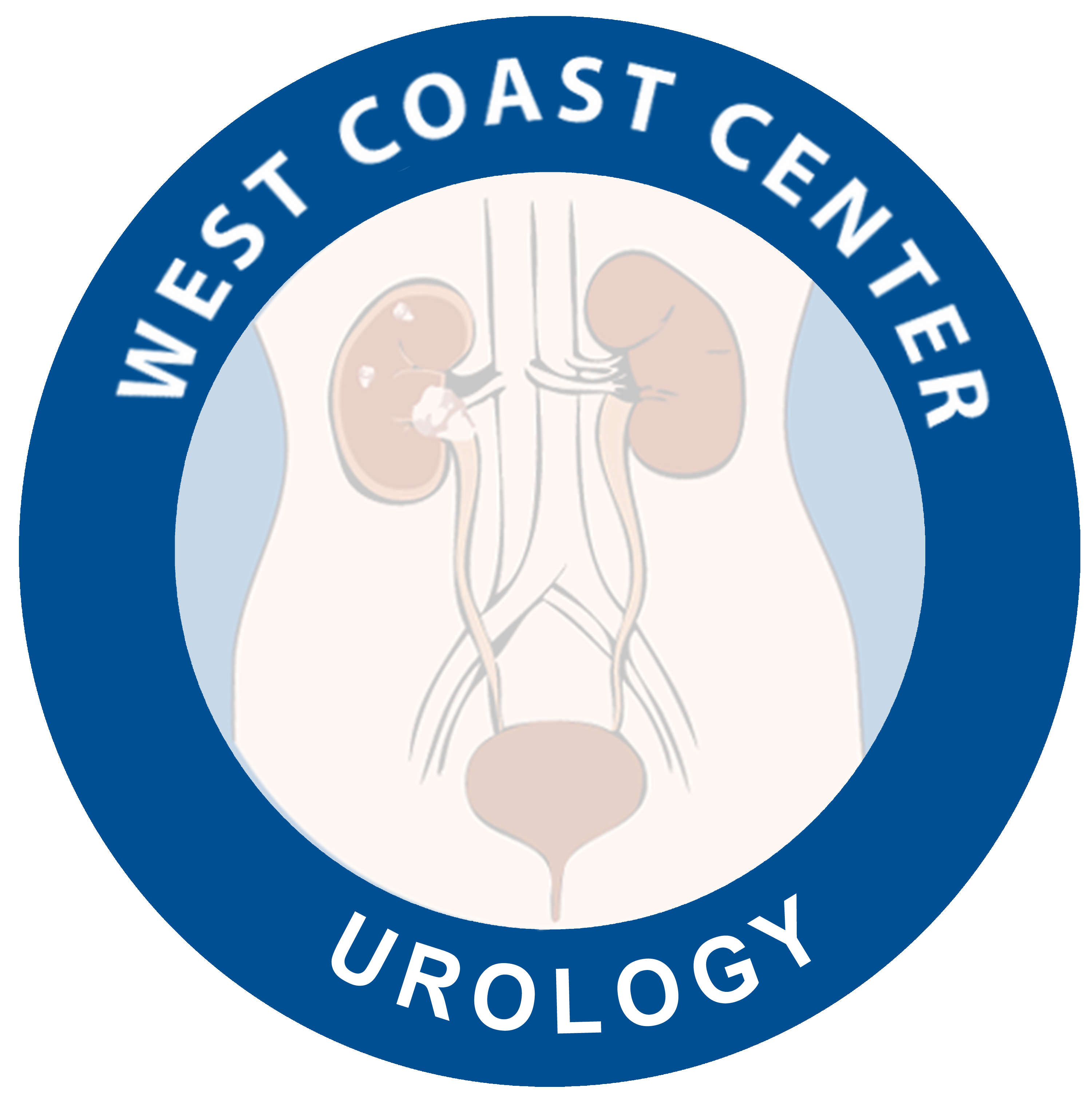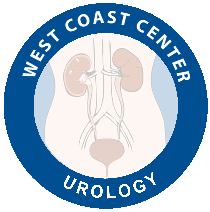Behavior Modification, Pelvic floor Rehabilitation and Biofeedback
- Urinary Incontinence and voiding dysfunction
- Men: Stress Urinary Incontinence
- Men: Pelvic Floor Rehabilitation
- Men: Transurethral Injection of Bulking Agents
- Men: Male Slings
- Men: Artificial Urinary Sphincter (AUS)
- Men: Adjustable continence device (Pro-ACT ) (Investigational)
- Women: Stress Urinary Incontinence
- Women: Pelvic Floor Rehabilitation
- Women: Transurethral Injection of Bulking Agents
- Women: Minimally Invasive Slings
- Women: Adjustable Continence Device
- Urge Incontinence in men and women
- Behavior Modification, Pelvic floor Rehabilitation and Biofeedback
- Botox Injection
- Sacral Neuromodulation
- Percutenous Tibial Nerve Simulation (PTNS)
Behavior Modification
This is a very important and crucial step in the management of OAB. This include:
1-Diet modification: Avoid caffeine and caffeine containing beverages, e.g. coffee, tea soda, chocolate, alcohol, excessive acidic juices as cranberry and citrus juices, spicy food, excessive salt and sugers and acidic food
2-Cut down on fluid intake to 3-4 glasses/day
3-No fluids, fruits or vegetables at least 3 hours before you go to bed
4-Use chewing gums or sour candy to moisten the mouth
5-Timed voiding: Go to the bathroom every 2 hours during the daytime, even you don’t have an urge to go.
6-Correct constipation:
7-Bladder Drill: patient is instructed no to void on every slight urge. Gradually increase interval between urination by 15 min every 1 week until reach 2-2.5 hours
Pelvic floor rehabilitation and Biofeedback
• Pelvic floor muscle exercises are also performed for those suffering from OAB and voiding dysfunction. However, the focus is upon relaxation of the pelvic floor muscles and not so much strengthening. These exercises will reduce the activity level of the muscles responsible for relaxing around the urethra to allow proper voiding.
• Patient education is another very valuable component within rehabilitation for this population. It is very important for us to know about proper fluid intake, how to sense when our muscles are too tight and to learn about proper voiding strategies to allow for improved emptying.
• Biofeedback is a computer based monitoring system that measures muscle activity and can be used to help with pelvic floor muscle training. It is usually required when someone needs assistance in learning how to contract and relax the pelvic floor muscle to perform the exercises properly.
• Electrical stimulation is another modality that can also assist in helping someone achieve improved pelvic floor muscle activity. It uses an electric current to stimulate the nervous system to activate the muscle in a pain free manner.

